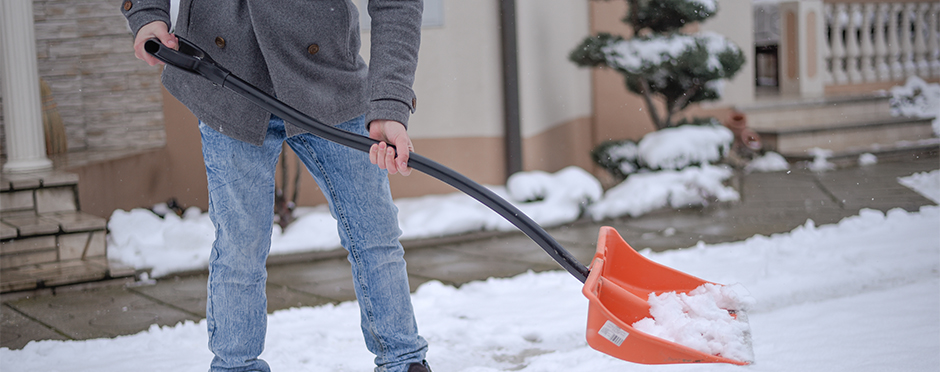
Shoveling Hacks To Avoid Upper Body Injuries
Leave a CommentWinter brings snow-covered landscapes and the need to clear driveways, walkways, and sidewalks. However, shoveling snow can be physically demanding and potentially lead to upper body injuries if not done with proper form. In this blog post, we’ll explore effective shoveling hacks that can help you avoid strains, sprains, and other upper body injuries during the snowy season. By working smarter and using proper techniques, you can enjoy a safer and more efficient snow shoveling experience.
The Importance Of Proper Shoveling
Shoveling snow may seem like a straightforward task, but it can put a significant strain on your upper body, especially your back, shoulders, and arms. If you’ve shoveled snow before, you’ve likely experienced lingering back pain or soreness afterwards.
Improper shoveling techniques can lead to injuries such as muscle strains, herniated discs, or joint impingement. It’s essential to recognize the importance of proper shoveling techniques to protect your health during the winter months, especially if you live in an area where it snows for several months at a time. That’s a lot of shoveling! Here are a few tips to reduce your risk of injury:
1. Choose The Right Shovel
Selecting the right shovel for the job is crucial. Opt for a lightweight, ergonomic shovel with a curved handle. A curved handle can help reduce the amount of bending and lifting required, placing less strain on your shoulders and back.
2. Warm Up
Before you start shoveling, take a few minutes to warm up your muscles. Perform some light stretching exercises to prepare your upper body for the physical demands of shoveling. Try doing some arm circles, march in place, or perform a doorway stretch to loosen up.
3. Use Proper Lifting Techniques
When lifting snow, bend at your hips and knees and avoid relying on your back. Keep your back straight, and use your leg muscles to lift, not your upper body. Hold the shovel close to your body to reduce strain on your back and shoulders.
4. Push, Don’t Lift
Whenever possible, push the snow rather than lifting it. Pushing is less strenuous on your upper body and can be more efficient, especially when dealing with light to moderate snowfalls.
5. Take Breaks
Shoveling can be physically demanding, so be sure to take breaks as needed. Listen to your body and rest if you start feeling fatigued or experience discomfort.
6. Stay Hydrated
Even in the cold, it’s important to stay hydrated. Drink water before, during, and after shoveling to keep your muscles and joints lubricated.
7. Alternate Sides
To avoid overworking one side of your upper body, switch your grip and stance regularly. Use both sides of your body equally when shoveling.
8. Dress Appropriately
Wear layers and shoes/boots with traction to avoid slipping. Many upper body injuries are wrist fractures or rotator cuff tears result due to someone slipping and falling on an outstretched arm.
9. Listen To Your Body
Pay attention to any signs of strain or discomfort. If you experience pain or chest discomfort while shoveling, stop immediately and seek medical attention if necessary.
Shoveling snow doesn’t have to lead to upper body injuries. By implementing these shoveling hacks and practicing proper techniques, you can work smarter, not harder, during the snowy season. Remember to prioritize your safety and well-being by choosing the right tools, warming up, dressing appropriately, and taking breaks. With these strategies, you can enjoy a winter wonderland without the worry of upper body injuries. If pain or injury does keep you from being able to shovel this season, stop in at your local Athletico to connect with one of our movement experts for a free assessment. Free assessments are available in person and virtually through our telehealth platform.
*Per federal guidelines, beneficiaries of plans such as Medicare, Medicaid, Tricare, VHA and other federally funded plans are not eligible for free assessments.
The Athletico blog is an educational resource written by Athletico employees. Athletico bloggers are licensed professionals who abide by the code of ethics outlined by their respective professional associations. The content published in blog posts represents the opinion of the individual author based on their expertise and experience. The content provided in this blog is for informational purposes only, does not constitute medical advice and should not be relied on for making personal health decisions.
